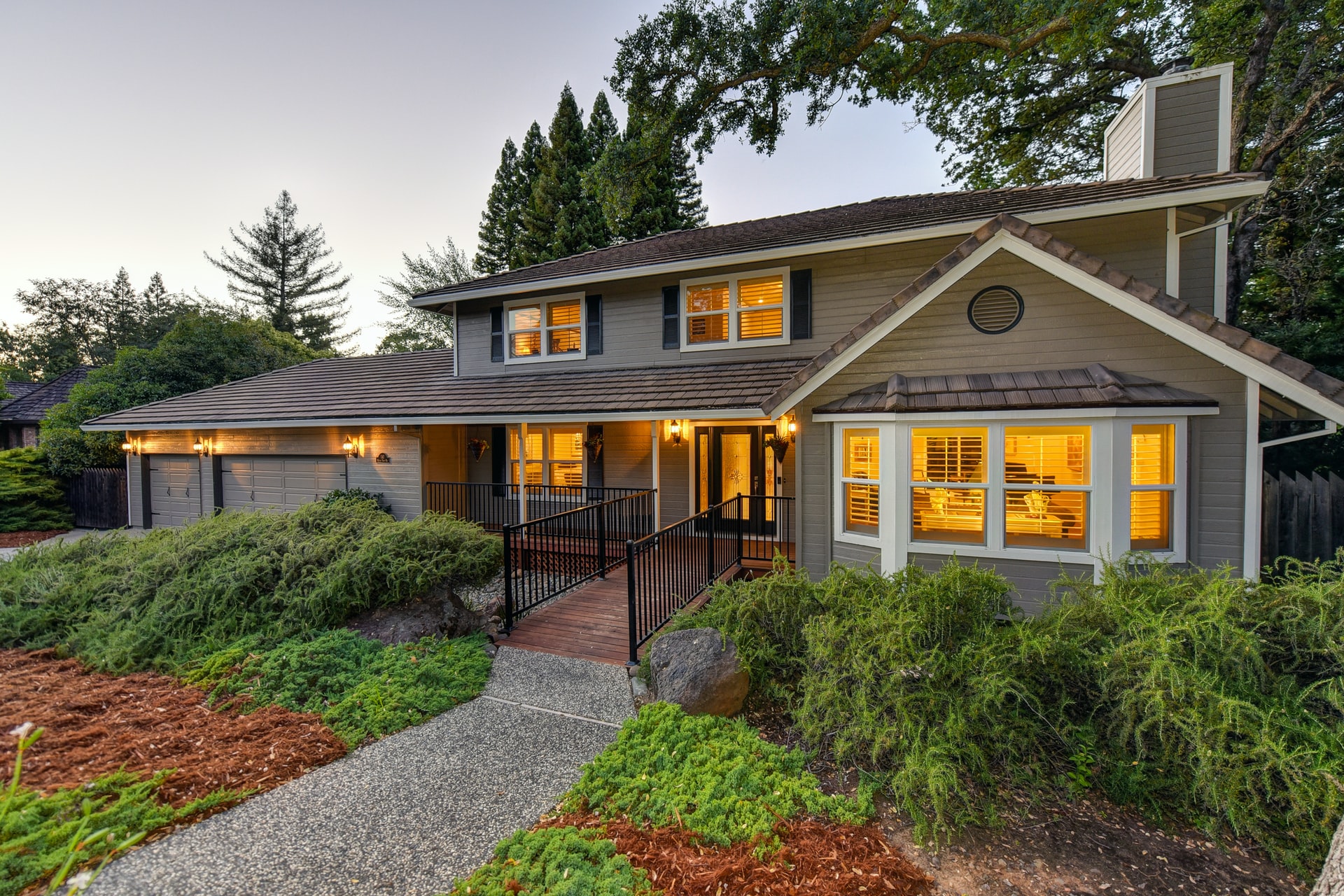
Biofriendly Ways to Conserve Water and Energy

In this month’s Biofriendly DIY we wanted to let you know about various ways you can conserve water and energy at home. While there’s no question taking steps to conserve water and energy is good for the environment, the bonus is it’s good for your wallet too.
In addition, once you’ve begun taking these steps, they’ll quickly become second nature. So, let’s get started:
Water Conservation Tips
Turn off water when brushing your teeth. You can start by turning on the faucet just to wet your toothbrush, then turn it off. Add toothpaste to your toothbrush and brush your teeth. Turn the water back on just long enough to rinse your toothbrush off and rinse out your mouth.
You should also shut off the faucet when washing your face. There is no reason to leave the water running while you soap up and scrub your face. Simply wet your face, turn off the water, soap up, scrub and then turn on the water again to rinse your face off. Same applies for those who need to shave.
Install a faucet aerator in each of your sink faucets and shower heads. Aerator discs are quite inexpensive and can be found at pretty much any hardware store. Adding these discs to your faucet helps to reduce the flow of water and thus save you money.
Convert your toilet to a low-flow toilet. Doing so can save you up to 5.4 gallons of water per flush. Your toilet will still work fine, you just won’t be wasting so much water every time you use it.
Limit your shower time. It is recommended you limit your showers to no more than five minutes a day to help conserve water.
Put a bucket in your shower to gather any excess or greywater to use later in your garden or when watering your flowers. You can also collect water in a pan anytime you wash dishes in the sink. If you are able, you might want to consider installing a laundry to landscape direct system which is designed to take greywater from your washing machine and funnel it directly to your yard to water plants and trees.
Only water your garden or yard during cooler hours of the day. Should you find yourself using a lot of water, you might want to consider making your yard a little more drought-tolerant. Drought-tolerant landscaping has become more and more popular in recent years due to its beauty and water-saving features.
Doing a little rainwater harvesting is another simple, yet effective way to keep your yard thriving without having to spend money to water it. Even areas without a lot of rainfall can benefit from dew and fog collectors.
This last one is kind of a combo energy/water saving tip. Only run your washing machine and dishwasher when you have a full load. Doing half loads wastes water and energy. You should also limit operation of these types of appliances to non-peak hours, i.e. in the early morning or evening hours. You can check with your energy supplier to find out what they consider to be peak energy usage times.
Energy Conservation Tips
Install a programmable thermostat, if you don’t already have one. This will allow you to set temperature changes for certain times of day. A programmable thermostat also helps prevent temperatures from going too low or too high. Although most programmable thermostats come with pre-programmed factory settings, you can manually change the settings to align with the seasons and your needs. According to the Dept. of Energy, your thermostat should be set no higher than 68 degrees F during the winter and no lower than 78 degrees F during the summer. When you are away from home, it’s best to turn your air conditioning or heating off.
Open your blinds, curtains or shades during daytime hours so you can take advantage of natural light instead of having to use electricity to power lamps and other lights throughout your home.
You should also keep in mind, however, if you pull your blinds closed during the summer months and hottest hours of the day, it can help cut down on air conditioning costs since your home won’t warm up as fast from the sun’s rays and the heated outdoor air.
Be sure to turn off lights, and any electronics not in use, when you leave a room. Teach your family to do the same.
Set outdoor lights on timers so they turn on when it gets dark and automatically turn off when the sun comes up.
Unplug whenever possible. Leaving counter appliances or electronics plugged in when not in use can actually drain quite a bit of energy and cost you more than you should be paying. The simple solution is to unplug appliances and electronics when not in use. If you put electronic devices on a power strip, you can turn off the power strip when you are done using them for the day. This will save you on vampire power or standby energy.
Swap out traditional light bulbs for a more biofriendly alternative. LEDs should be your first option, followed by CFLs. These types of light bulbs are not just energy-efficient, they save you money and last longer as compared to traditional incandescent bulbs.
Conduct a do-it-yourself home energy audit. This can help you identify any air leaks coming from windows and doors, find out what type of insulation you have in your home, allow you to inspect heating and air conditioning units, as well as come up with a whole house plan to remedy any issues.
Last on our list is adding solar to your home. If you can’t afford to install a full set of solar panels on your roof, even with available clean energy rebates, consider getting a solar water heater. As the majority of your gas bill is likely to come from heating water, a solar water heater can save you an estimated 50-80%.
While these are not all the water- and energy-saving tips you can use, it will give you a good place to start. Conserving water and energy at home can help reduce your expenses, as well as make you and your home a little more biofriendly.
4 Comments
-
Anonymous
Hey! That’s a very good article – thanks. I just want to add a few more tips for pool owners. If you have a swimming pool, you know that it can significantly increase water and energy consumption.
Here are some things you can do to improve the situation:
1. Identify and repair any leaks;
2. Minimize the pool water splashing out;
3. Lower the pool’s water level;
4. If your pool is heated, lower the temperature;
5. Backwash pool filters only when necessary. -
Tay
Thanks for letting us know about the best temperature for energy savings at home. But you can save even more energy by adjusting your thermostat depending on the situation.
So, in summer, set your thermostat to 75°F when you wake up, 80°F when you leave, 75°F in the evenings, and 78°F (or turn it off) when you sleep.
In winter, set your thermostat to 68°F when you wake up, 60°F when you leave, 68°F in the evenings, and 60°F when you sleep.You won’t feel a big change in temperature, but you’ll see a significant reduction in energy usage.
-
Antonio Fagundos
Thanks for the tips!
If you haven’t done so yet, consider installing ceiling fans as an additional measure to save energy in your home. Rotate the ceiling fans seasonally, setting them to spin counterclockwise in the summer to create a cooling breeze and reduce your reliance on your air conditioner. In the winter, set them to spin clockwise to gently distribute warm air and lighten the load on your heating system.



Portella
Thank you for sharing such helpful tips! And as for energy conservation, I would also suggest considering windows and doors insulation. Air leaks from old low-quality doors and windows can account for 30% of a home’s heating bills. Check them on gaps and holes and seal them if necessary.